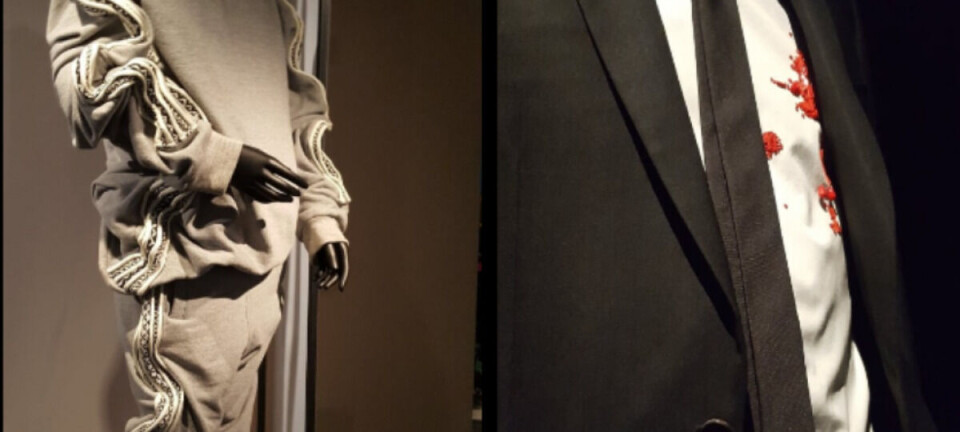article> Arts & Culture
'Bring Back Manly Men’: ‘Masculinities’ Exhibition at The Fashion & Lace Museum Brussels

Celina Bebenek discusses the recent controversy over changing norms in men's fashion and reviews the 'Masculinities' exhibition currently ongoing in The Fashion and Lace Museum, Brussels.
by Celina Bebenek
Contributing writer
Fashion is a ubiquitous phenomenon and as such plays a prominent role in expressing and shaping our cultural and individual identities. However, beyond the mere expression of such identities, it can, at the same time, drive change in traditional social norms. This has been especially visible in recent times, as the notion of gender identity becomes more and more blurred and extends beyond the simple 'feminine’/'masculine' binary. Many prominent designers have been urged to rethink the topic of gender and question what it means to be masculine or feminine. For example, Belgian designer Mosaert explores gender fluidity and creates unconventional gender-neutral outfits. Creators like Jean Paul Gaultier have attempted to challenge gender norms by either embracing gender-neutral clothes or merging stereotypical feminine and masculine elements in fashion. Not surprisingly, it has also become a controversial topic outside of the fashion world: when singer Harry Styles appeared on a Vogue cover in a ballroom dress, right-wing journalist Candace Owens was quick to lambast him, causing a heated discussion on Twitter. Her comment appealing to 'bring back manly men' received over 48,000 replies and even prompted prominent politicians such as Alexandria Ocasio-Cortez to weigh in.
It is for this reason that the Masculinities Exhibition organized by The Brussels Fashion and Lace Museum is particularly timely. This exhibition flawlessly exposes masculinity in fashion, setting up a discussion on how 'fashion incarnates a variety of visions of man'. The official website of The Fashion & Lace Museum proudly claims that 'up until now, no Belgian museum had delved into the subject of men's fashion'. Indeed the masculinities exhibition seems not to only fit into the current debate but also provide a new and refreshing experience.






